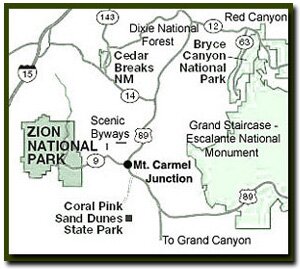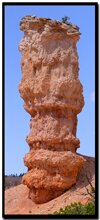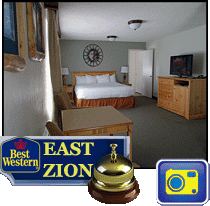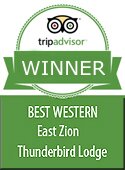 |
||||
|
Bryce Canyon Lodge & Camp Bryce Info Vacation Photos Hike Backpack Map SR-12 Area weather |
||||
|
|||||||||||||
Directions to Bryce CanyonFrom Salt Lake City: Travel south on Interstate 15 past Beaver to UT 20. Exit on UT 20. Turn south on UT 89 and travel past Panguitch. Follow UT 89 to UT 12. Travel along UT 12 through Red Canyon to Bryce Canyon. Turn south on UT 63 to enter the park. Bryce Canyon Road Map - Bryce Canyon Trail Map 
|
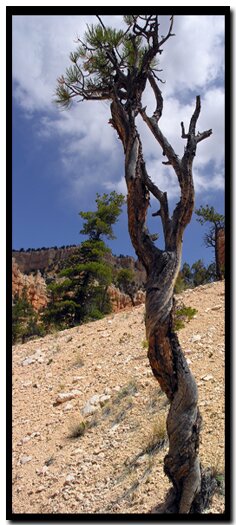
|
|||
|
|
||||
|
|
Bryce Canyon National Park, Utah
East Zion Lodge
Vacation House
Group Lodging
East Zion Golf
East Zion RV Park
Vacation Packages
Family Reunion
Bus Tours
Business Retreat
Mileage from
Mt. Carmel Jct.
Zion National Park 12
Bryce Canyon 60
Grand Canyon 85
Cedar Breaks 45
Grand Staircase 9
Dixie Forest 22
Sand Dunes 11
Coyote Butte 57
Red Canyon 47
Tuweep 90
Stay in the heart of the parks, Mount Carmel Junction, and visit the treasures of the Southwest and Utah.
Site Map
Site Map II
Site Map III
Bryce Canyon History
Bryce Canyon Geology
Bryce Canyon Fauna
Bryce Canyon Flora
Bryce Canyon Kids
"I don't know who Mary Cisneros is, but I mean zionnational-park.com
It's a better site than the NPS's anyway."
Written by the authors of the book: Favorite Hikes in and around Zion National Park
Contact Mary to report errors:
|
Zion History |
|---|
All rights reserved © Copyright Zion National-Park dot com
Do not use text, photos or maps without permission © Zion National-Park dot com
Contact the Author Mary Cisneros

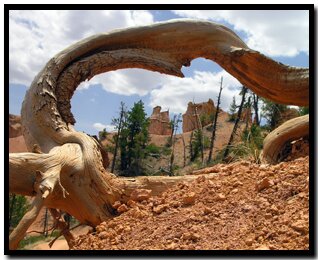 Bryce Canyon Flora
Bryce Canyon Flora